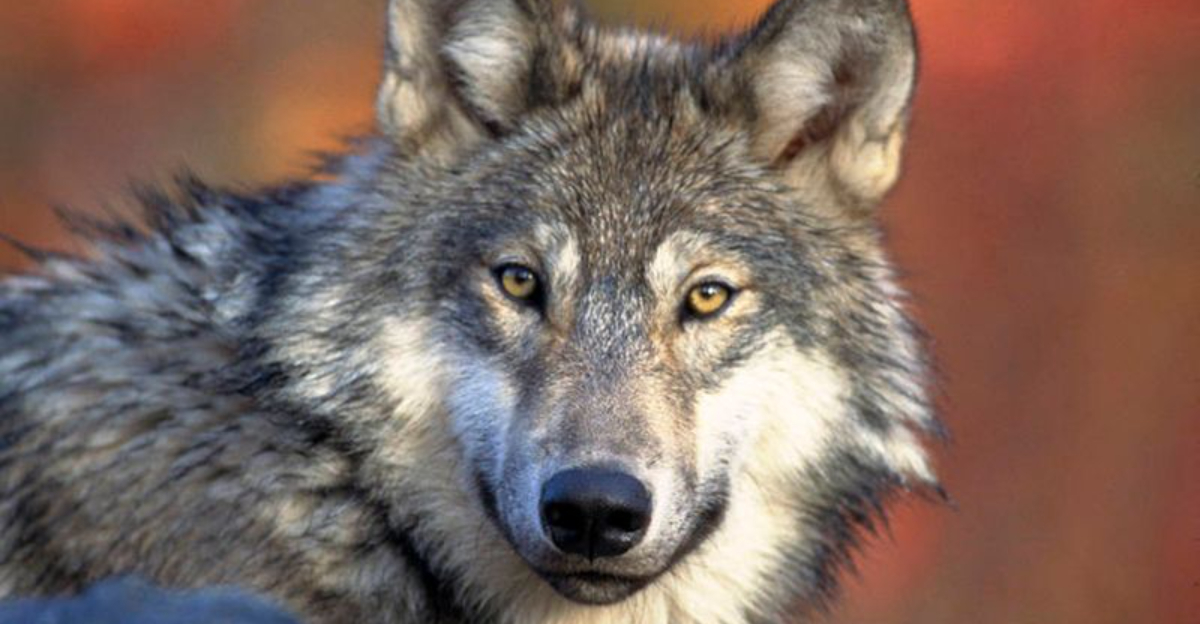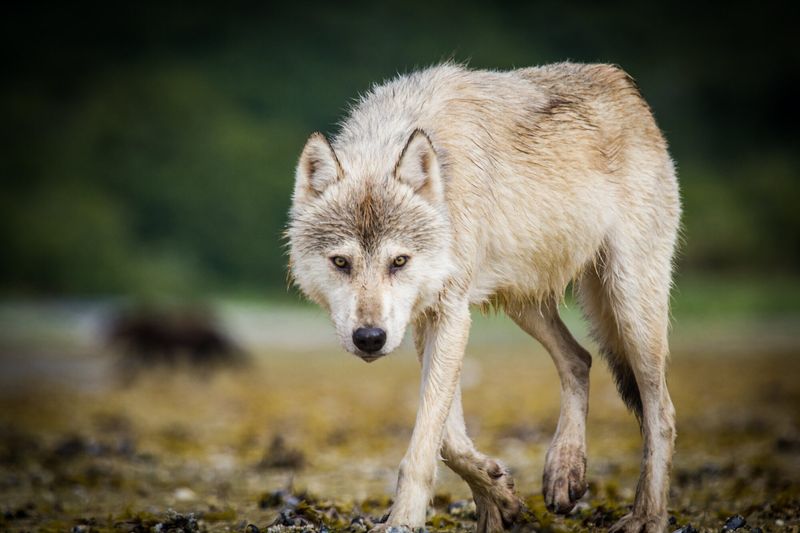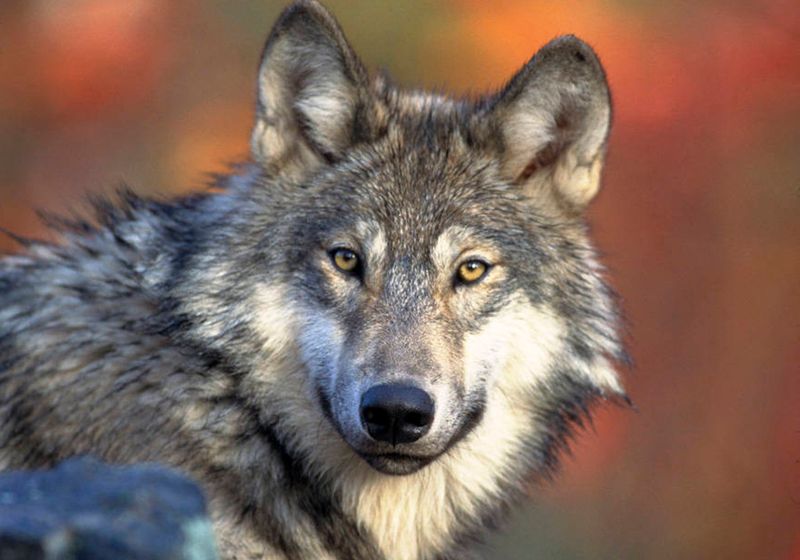📖 Table of Content:
Encountering a wolf in the wild is a rare and unforgettable experience, blending awe with a sense of caution. These powerful and intelligent creatures are symbols of wilderness, but their presence demands respect and careful behavior. Knowing how to respond can help you stay safe while minimizing stress for the animal.
Wolves are naturally wary of humans and typically avoid confrontation. However, certain situations—such as surprising a wolf or encountering a protective pack—can escalate if not handled properly. Understanding their behavior and following simple guidelines ensures that both you and the wolves remain unharmed.
Here are 5 essential tips to confidently and responsibly navigate a wolf encounter. By maintaining composure and acting thoughtfully, you can turn the experience into one of respect and admiration for these majestic creatures of the wild.
1. Stay Calm and Stand Your Ground
When you first spot a wolf, it’s essential to stay calm. Panic can trigger unpredictable wolf behavior. Stand your ground confidently, portraying a non-threatening demeanor. Remember, wolves are generally curious, not confrontational.
Break eye contact occasionally to avoid appearing aggressive, but remain aware of the wolf’s movements. This approach reassures the wolf you’re not a threat. Maintaining composure helps in assessing the situation and acting wisely.
By projecting calmness, you reduce the likelihood of escalation, paving the way for a peaceful resolution without unnecessary risks.
2. Make Yourself Look Bigger
In the wild, size often signifies dominance. If a wolf approaches closely, make yourself appear larger by raising your arms or opening your jacket. This action can deter wolves by signaling you are not easy prey.
The visual cue of increased size can make wolves reconsider their approach, as they evaluate potential risks. Remember to maintain a steady stance and avoid sudden movements.
This strategy is particularly effective when wolves show excessive curiosity or approach uncomfortably close, offering a simple yet impactful way to influence their behavior.
3. Do Not Run Away
Running can trigger a wolf’s instinct to chase, which is why staying put is crucial. If you run, you risk encouraging pursuit. Keep your position and observe the wolf’s behavior.
Wolves are less likely to see stationary humans as prey, allowing time for both parties to lose interest and move on. Your calm persistence diminishes the wolf’s curiosity or aggression.
By resisting the urge to flee, you demonstrate your awareness and control, which can be key in preventing a potentially dangerous chase.
4. Back Away Slowly
If the situation feels tense, slowly and steadily back away. This signals that you are respectful yet unafraid, reducing provocation. Keep the wolf in view as you retreat, ensuring you have a clear path.
Gradual movement shows the wolf you mean no harm while avoiding sudden actions that might be misinterpreted. This technique is vital in easing the encounter without escalating tensions.
Step back deliberately, maintaining balance and composure, as this can assure both you and the wolf of a peaceful resolution.
5. Use Noise to Deter
Noise can be an effective deterrent. Clap your hands, shout, or use a whistle to convey dominance without aggression. Wolves may perceive loud sounds as intimidating, prompting them to retreat.
The key is to be assertive yet non-threatening, ensuring the wolf sees you as strong and unyielding. Use noise judiciously, aiming to send a clear message.
This method helps establish boundaries, reminding the wolf to respect your space, and can be critical in managing encounters confidently and safely.





